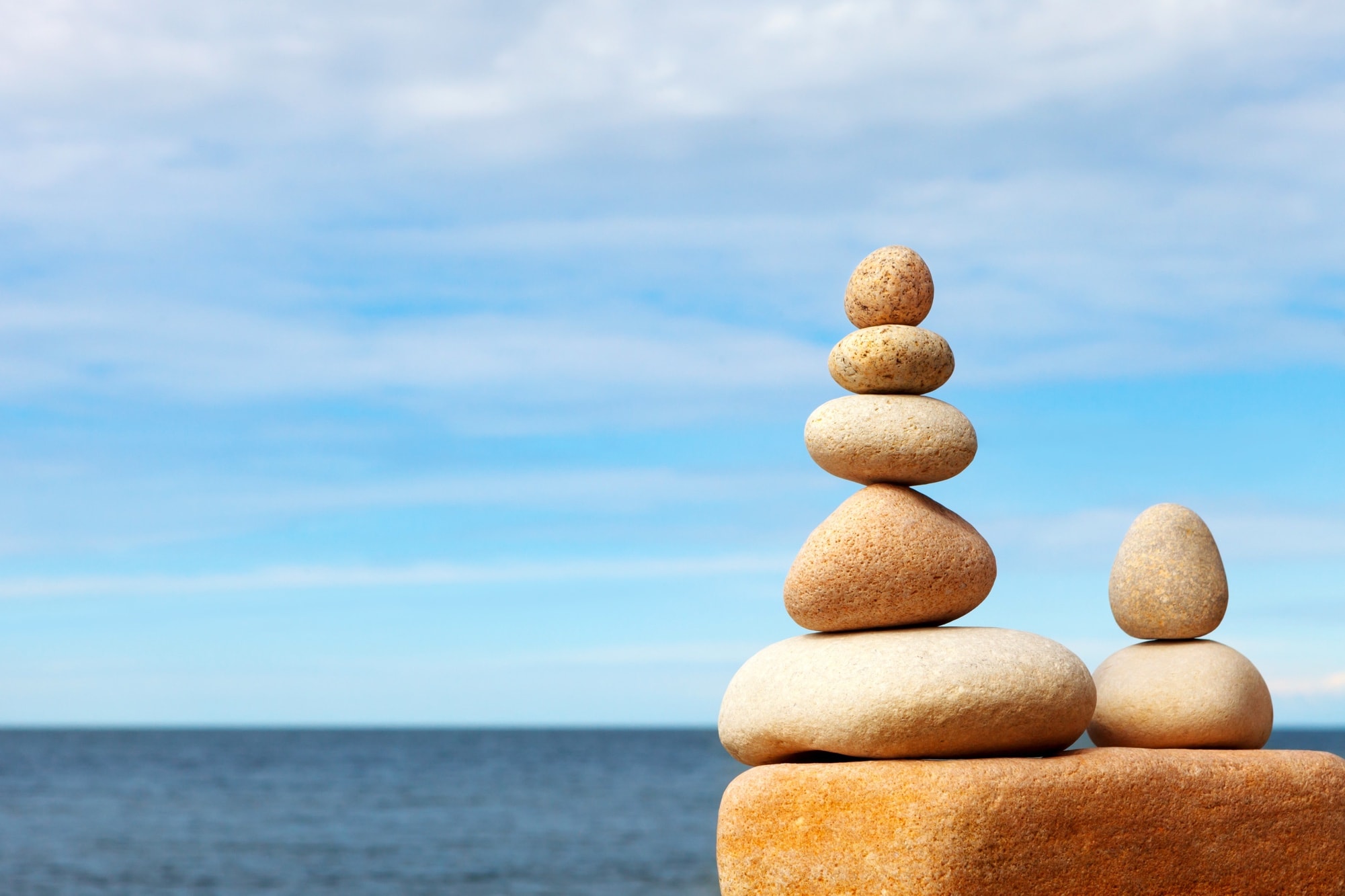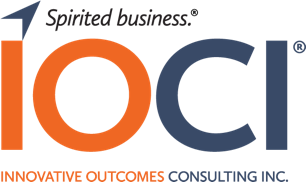
We’ve all heard the phrase “Be still.”
I sure did when my mother and grandmother had their fill of my noisy, boisterous energy. Sometimes what followed was a nap or being told to sit quietly for a few minutes. Those responses taught me not only to be comfortable with being alone, but to look forward to quiet time.
So what does being still have to do with leadership?
Many have written about this topic from a variety of angles, including David Rock (Quiet Leadership), Jim Collins (Good to Great), Susan Cain (Quiet: The Power of Introverts in a World that Can’t Stop Talking), Pico Iyer (The Art of Stillness: Adventures in Going Nowhere) and many others. Each has contributed their view of the value of being humble, being quiet, taking time to reflect. In other words, being still.
But why does stillness bring clarity, new insight and strength to our capacity to lead?
First, it helps to understand how Western societies, particularly the United States, made the shift from a relatively quiet to a noisy culture. Susan Cain writes about this in the context of why we value extroverts over introverts today. It seems we prefer the person of action over the person of contemplation. In America’s early days, the culture focused on character and values. You see this in the self-help books of the time. For example, in 1884, Samuel Smiles wrote books like Duty and Character. Similar books featured introspective, humble role models like Honest Abe Lincoln.
Yet, we see this focus shift from valuing the qualities of the inner self to qualities externally displayed like charisma, extraversion and boldness. Cain relates this change to the nation’s shift from an agricultural economy to one of big business when people began moving to larger cities and are working with strangers instead of people they had known all their lives. They had to learn how to stand out and get noticed, giving rise to a new era of self-help book titles from authors like Dale Carnegie who wrote How to Win Friends and Influence People featuring great salesmen as role models.
The growth and pace of business, enabled by technology, continues to accelerate and has all but diminished the white spaces in our lives when we had the luxury of quiet time to think. Having some downtime to reflect, combined with being an active, energetic and vibrant leader, can turbocharge our well-being and impact.
Which brings us back to our question – Why does stillness bring clarity, new insight and strength to our capacity to lead? IOCI views this as a foundational building block of leadership fitness.
“In the age of acceleration, nothing is more exhilarating than going slow … and in the age of distraction, nothing is more luxurious than paying attention … and in the age of constant movement, nothing is more urgent than sitting still.” – Pico Iyer
So how do we create a space for slowing the pace to be still long enough to experience a clear and focused mind?
It’s not easy in a time when many senior executives are overwhelmed with information and overly rely on their instincts, or what Daniel Kahneman, professor emeritus of psychology and public affairs at Princeton University‘s Woodrow Wilson School, describes as “fast thinking.” According Kahneman, we have the ability to toggle between reflective thinking (slow and deliberate) and reactive thinking (fast and instinctual). Both are valuable. Yet, the slow and deliberate thought process helps us examine situations more fully by grounding our assumptions and filtering various data points through our core beliefs and knowledge, while also drawing connections from different information and viewpoints in a way that creates new insight – and in some cases bursts of creativity.
Some well-known executives like Bill Gates and Warren Buffet have developed routines to curb their instinct toward fast thinking in favor of creating space for reflective thinking (HBR Press-Reeves, Torres, Hassan 2017: “How to Regain the Lost Art of Reflection”). Both executives safeguard time for reflection and learning, and other CEOs have cited reflective thinking as a way of improving their decision-making.
Practicing reflective thinking requires discipline and commitment.
First, we must slow down to be present.
Stillness can help us deal with the realities in our lives– being still can be agonizing, not just the ability to do it but confronting what we find during stillness. Ask any spiritual leader or those dedicated to mindfulness about how they are able to face and put into perspective anxiety, fear, darkness and doubt with stillness and they’ll tell you it’s challenging. For leaders, it’s important to be aware of our mindset and to show up with a less anxious presence if we are to help others see possibilities, feel encouraged and perform at their best.
Then, if we remain still long enough, we may discover what moves us.
How often have we tried to pinpoint meaning in our lives through our work, relationships and achievements? Stillness can help us discover and connect with what matters most in our lives and what moves us to purposeful action. Being still can interrupt the cycle of mindless daily routines during which we rarely pause to ask whether we are acting with clarity of heart and mind.
Tips for Creating reflective thinking practices
Reeves, Torres and Hassan, in their article “How to Regain the Lost Art of Reflection” suggest these routines to foster reflective thinking habits:
- Schedule and protect – calendar unstructured thinking time for reflection and learning.
- Get a coach– leaders may find a trusted thinking partner who challenges them with questions, observations and insight as a stimulus for reflective thinking.
- Cultivate a list of questions which prompt reflective thought – for example, what is the purpose of the company? What unique value can I bring to the firm as CEO? What behavior am I modeling to drive a healthy and effective culture?
- Protect yourself and your people from information overload – find time to think quietly and clear out the clutter of information that does not lead to purpose, results and impact.
- Be a metaproblem-solver– focus on and question the process for solving problems, including how we hear and evaluate ideas and the quality of questions we ask to refine our thinking.
- Be a role model for employees – practicing slow thinking as a senior leader can trickle down through the organization and create a culture of learning and deliberate, thoughtful decision-making.
For more tips on how to stretch your leadership muscles, follow IOCI on Twitter and sign up for IOCI’s Insights blog.
Marialane Schultz is the founder of IOCI. She helps individuals and organizations perform at their best, do meaningful work and be impactful through customized coaching and consulting engagements.

